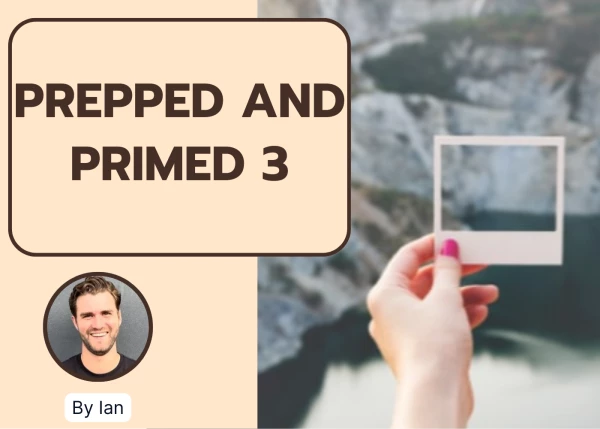I keep hearing everyone say you need to distill the "so what" of the analysis. I'm not sure I understand what this really means..could you please give a few examples of what this could look like in practice?
So what


Hi there,
This means you have to explain the implication to the case! As in, how does it impact our objective?
If we want to enter a new market, and Exhibit 1 tells us X market is big, the "so what" is that X market is attractive and we should investigate further. If Exhibit 2 then shows us that the market has 2 big, government backed players and no new entrants in the past 30 years, the "so what" is that this could be a horrible market (high barriers to entry, regulatory hurdles, large buyer power, etc.) OR it could be a market ripe for disruption (slow, lazy incumbents). The 2nd "so what" would be to take a deeper dive into their cost structures, customer stickiness, etc. to figure out which of the 2 scenarios is at hand.
Make sense? If not, that's reasonable - this is a topic much better explained verbally via a coaching session with multiple examples.

It's the implication of the observation/answer you make. You're looking at a manufacturing business where you are given data that suggests that different plants have variable profitability, some may even be making a loss at low utilisation. The so-what could be that you would want to consolidate volumes to the profitable plants while closing those that have unattractive economics.

Hi there,
The “so what” is the connection between the analysis performed and the goal of the client. It is a common requirement in graph and math analysis.
Example: say the goal of the client is to increase profits and you receive a graph showing the cost structure for a division. You analyze the graph and identify that the costs of raw material A increased.
- A bad analysis would just state that the cost of A increased
- A so-so analysis would state that the cost of A increased, and that seems to be the reason for the problem of the client
- A great analysis would state that the cost of A increased and that seems to be the reason for the problem of the client. Then, given the goal is to increase profits, propose to analyze why this happened and ways to decrease the cost to reach the target goal
Hope this helps,
Francesco

In simple terms its the headline impact/recommendation/insight/action that the client must take or be aware of. You may do the most jazzy analysis but without the "so-what" its meaningless.

Hi Anon,
In simple terms - a "so what" answers the key business objective set out in the case. It shows that you are thinking not just about the analysis/graph/information at hand - but are considering the overall case and business problem as a whole. Here are a couple of examples to illustrate:
- Declining profitability problem: You see a flat/growing revenue graph. But you see that the product mix is changing. So what? The business objective here is declining profitability. Hence the so-what answer could be "due to the changing product mix, we are likely selling more products that have a lower profitability - hence in order to address profitability, we should either change the product mix to become more profitable or make the lower profit products more profitable. Let us take a closer look at the profitability of each product, an try to see how we can improve overall profitability." Thus you will proceed forward accordingly.
- Market entry problem: You see that a particular market has good market size potential, and has low barriers to entry, but a large and fragmented competitor landscape. So what? The business objective here is to enter the new market. Hence the so-what answer could be "It seems like an easy market to get into with good potential, but the competitive pressure will create problems for us around market share capture and profitability. Lets take a closer look at the competitors to make sure we address the problem. Perhaps we can even think of an inorganic market entry to give us a good launch.". Thus you will proceed forward accordingly.
Happy to give you more examples - perhaps you can let me know the specific cases and context where somebody has told you about pushing for the "so what".
Hope this helps!
Agrim













